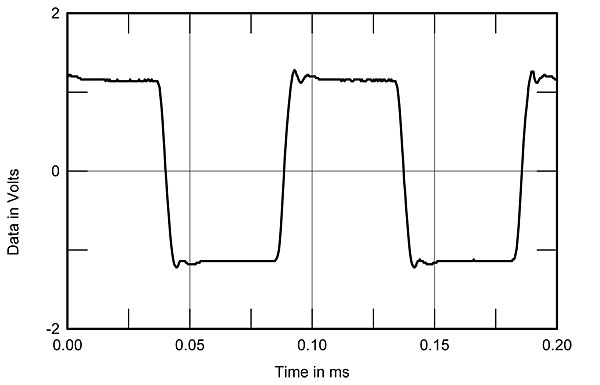| Columns Retired Columns & Blogs |
Sunken living rooms with deep shag carpeting, real wood and leather furniture, large modernist paintings, nelson bubble lamps, and cocktails shaken, not stirred...
Like Sansui audio or Seiko watches of the 70's, Luxman has a look that has remained (or maybe even, set the standard of) a clean classic integrated style that takes us back, in a good way, some four decades. And has plenty of quality and care under the hood to always entertain and be relevant juxtaposed to the modern children. Brushed and polished aluminum bits, lots of knobs, lots of face plate (negative space), and slotted toggles, sooooo clean, sooooo classic.
Happy Listening!



















































